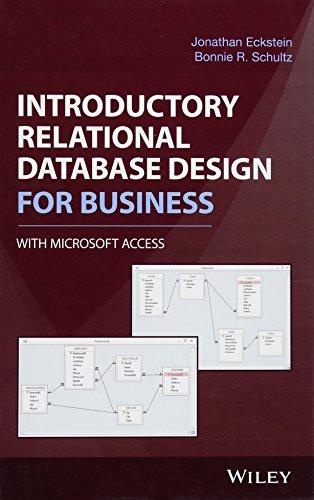Question
//Editing because an expert commented that more information is requires. this is all i got from the professor. if you are referring to the first
//Editing because an expert commented that more information is requires. this is all i got from the professor. if you are referring to the first sentence, you can ignore it. if you need it, leave another comment, and i will add it here. This project is similar to exercise 10-8 on page 415 of the textbook: Interprocess Communications in LINUX by Gray. These exercises center around creating a client- server program to play a game (see below) with clients. The following requirements give additional details about what your implementation should look like. 1. Client-Server: a. Server: After the server process executes a fork system call to create a child process to handle a particular client connection, have the child process exec another program, ServerG, to perform the server tasks for playing the game. That is, the server will consist for two programs: ServerC and ServerG. ServerC is responsible for accepting the initial connection and establishing each child process based on the ServerG program. ServerC must pass the socket descriptor to ServerG. In addition, ServerC must continue to accept connections and monitor the termination of all child processes. The textbook: TCP/IP Sockets in C by Donahoo and Calvert in Section 6.4.1 contains relevant ideas. Appropriate console messages should be issued by ServerC to document the occurrence of significant events (new connection accepted, child created, child died, etc.). b. Client: The client is responsible for all communication with the human user who is playing the game. This includes such things as prompting for user input, displaying the status of the game, displaying the servers move, displaying error messages, etc. c. Shared code: Create a C/C++-module that contains any common subroutines that are used by both the client and server. Link the resulting code into both the server and client programs. Client and server must utilize these routines. In addition, if there are any shared structure definitions or symbol definitions, define these in a .h file that both client and server use. d. System call usage: Use each system call in an appropriate manner; read the man pages for the system calls you use. 2. The Game: Rock-Paper-Scissors as described below: Play best n out of m rounds of the game: Rock-Paper-Scissors. n and m are randomly selected to be: 2 out of 3, 3 out of 5, 4 out of 7, or 5 out of 9. In each round of this childrens game, the two players simultaneously display symbols for: rock, paper or scissor. The winner is determined as follows: Paper beats rock, rock beats scissors, scissors beats paper; all other combinations are a draw. . Error checking: Provide appropriate error checking for each system call and take appropriate steps if an error is encountered. 4. Use of sockets: You must use Internet type sockets that are connection oriented. 5. Test Environment: Use the virtual machine: 199.17.28.75. Though I only expect you to test your program on one of the virtual machines; it should be possible to have client and server located on different machines and still have the programs communicate correctly. 6. Man page: create a man page that describes the usage of your programs; include a description of the selected game. 7. Readability: Your program must be written using good C/C++ programming conventions: Variable names and function names should be descriptive of what they represent. Use indentation to show the structure of the program. Typically this means using indentation with for, while, do-while, if, and switch statements as well as indenting the body of functions. Indentation should show the nesting level of the statements involved. Include some in-line documentation to give a high level view of what the program and groups of statements is/are doing.
Step by Step Solution
There are 3 Steps involved in it
Step: 1

Get Instant Access to Expert-Tailored Solutions
See step-by-step solutions with expert insights and AI powered tools for academic success
Step: 2

Step: 3

Ace Your Homework with AI
Get the answers you need in no time with our AI-driven, step-by-step assistance
Get Started


